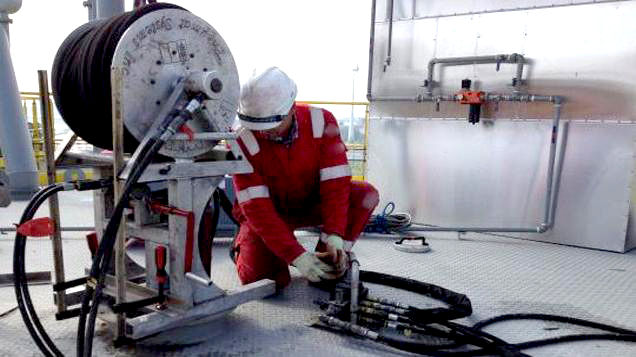MEET THE SILO WHIP!!
- DGC AFRICA

- Oct 21, 2021
- 2 min read
In order to ensure the smooth running of industrial processes that employ silos, proper cleaning schedules and procedures have to be put in place.
This is because silos and other bulk storage vessels are prone to developing and accumulating dead material which may result in a number of challenges including loss of capacity, inventory discrepancies, fluctuations in material flow rates and system blockages. This article will briefly describe a few aspects related to one mechanised silo cleaning technique; the silo whip.

The SiloWhip System is powered by hydraulics (or pneumatics), the equipment is controlled from the top of the silo; on the outside. This eliminates the need for human entry into the confined space. From a safety perspective, this technique is a great alternative to traditional manual silo cleaning techniques that involved a number of operatives having to enter the silo and manually scrape off the dead material, exposing them to a number of risks including suffocation and material falls.
The system is mainly composed of a whipping head, boom telescope, a hose and other accessories. The whipping head is suspended inside the silo and operated remotely from the top of the silo to efficiently clear material build-ups using an air-driven or hydraulic rotary cutter. The system has 360 degree rotation capabilities and an operating depth of up to 50 meters. A range of cutters are used depending on the type of material a silo contains. Cleared material simply falls to the base of the silo for extraction.
BENEFITS
Some of the benefits of using the silo whip are summarised below:
No human-entry in confined space making; significantly improving the safety profile of silo cleaning tasks.
Flammable, explosive, hazardous or toxic products can be safely removed.
No special safety measures required, only standard operating procedures for using the system.
No damage to facilities or the environment.
The system complies with government health and safety regulations.
Reduces time taken out of productive work, as the system is faster than conventional methods.
Ability to clean more than one silo at the same time.
Different material accumulations may be cleared; from scaling to total blockages.




Comments